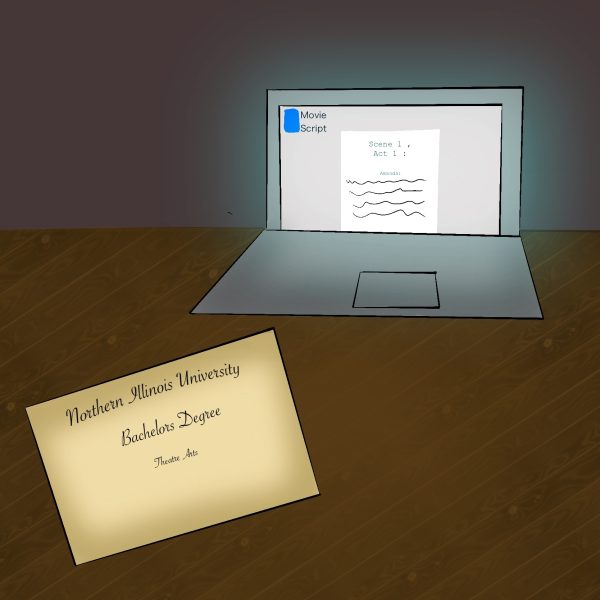Eminent domain hurts little guy
March 6, 2006
Imagine you own a small store. It isn’t an especially nice or rich store, so the government wants to take the land to make way for a huge new shopping mall.
Think of the tax revenues and new jobs we’ll get, the officials say. Your store is ugly and old, they say.
This scenario is more than just imaginary. Last year, the Supreme Court voted 5-4 to allow communities to use eminent domain, which is the power to take control of property without the owner’s consent, for economic development.
This means a municipality could transfer land from a private owner to another private owner.
I wouldn’t want my house torn down so a shiny Super Wal-Mart could arise from the rubble.
It’s one thing if, as a last resort, eminent domain is used for public constructions such as interstates or schools. These uses have been accepted for centuries in the United States.
However, using the power for private development purposes gives an unfair advantage to the rich, for it is the properties of the poor and middle class that get seized.
As Justice Sandra Day O’Connor wrote in her eloquent dissenting opinion, “The specter of condemnation hangs over all property. Nothing is to prevent the state from replacing any Motel 6 with a Ritz-Carlton, any home with a shopping mall, or any farm with a factory.”
More than 10,000 cases of eminent domain have been documented in the last five years alone, according to the Institute of Justice.
Five states already have passed laws limiting eminent domain for private development after the Supreme Court ruling. Other states, including Illinois, are considering measures.
The Illinois Senate voted last Thursday to raise the standard for seizing property. Under the bill, which still has to go through the House of Representatives, government officials would have to prove properties are “blighted” before transferring land for economic improvement.
This sounds reasonable, but stricter standards need to be in place. Illinois lists criteria for blight, but the definitions are vague, such as dilapidation, obsolete uses or code violations. But officials in Chicagoland have declared cracked sidewalks or poorly planned parking lots to show blight, according to a Jan. 3 article in the Chicago Tribune.
When local communities determine standards, problems of perspective can arise. Lakewood, Ohio wanted to make room for a giant condominium complex, so it declared homes in a certain neighborhood blighted if they didn’t have at least “three bedrooms, two baths, an attached two-car garage and central air.”
This is just one example of how eminent domain can be abused. Illinois and other states in the union need to continue their paths to restricting this massive power. Moreover, if an exception for blight is written in the law, unambiguous guidelines are needed to protect the rights of property owners.
If your little store was the one standing in the way of the giant shopping mall, how would you feel?












